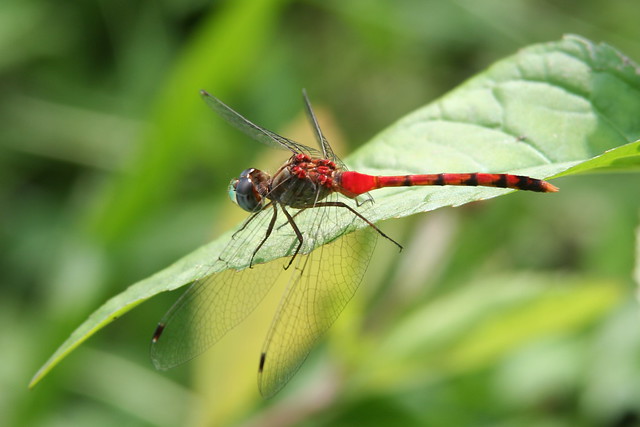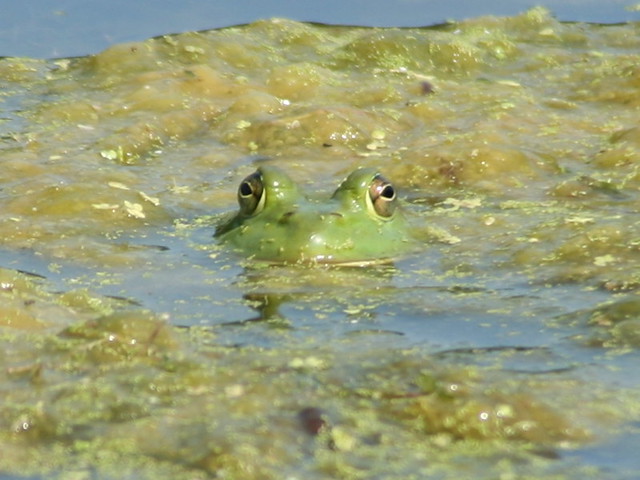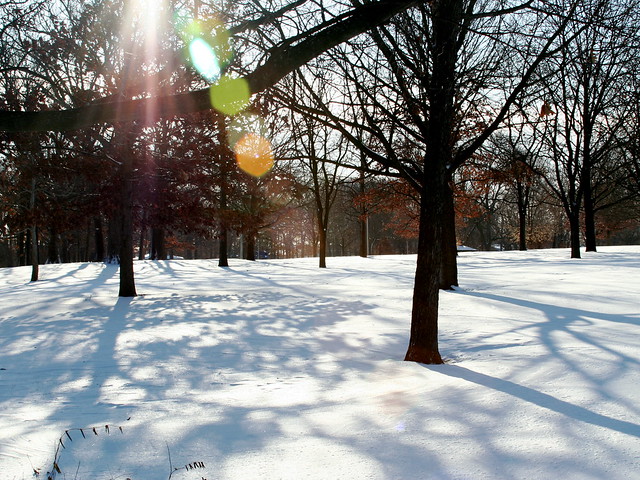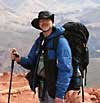
Creation sings in dragonfly wings--
In membranes elegant and clear,
It proclaims God's wisdom and power
To everyone willing to hear.
If you've ever spent any time watching dragonflies in flight, then you have some idea of what amazing creatures they are. I struggled long and hard to express my thoughts and feelings in the brief poem above and only managed to scratch the surface. Most adult insects have two pairs of wings, but dragonflies and damselflies are the only insects capable of moving their front wings and back wings independently of each other. This fact accounts for the amazing aerobatic feats and speed they are able to achieve (some species attain speeds of up to 35 miles/hour or more
1). There are four recognized flight styles based on varying patterns of synchronization between front and back wings, each with distinct advantages and uses. But dragonflies and damselflies can also adjust wing shape and attack angle for each wing and they do this for each one independently of the the others as needed, leading to incredibly versatile and unparalleled flight capabilities.
2
Only recently have researchers been coming to a more complete understanding of the complex aerodynamic forces at work in dragonfly flight. "Whereas aircraft use only two methods for generating lift (and one of these only for very short periods) dragonflies use at least four distinct physical processes: classical lift, supercritical lift, vortices, and vortex shedding."
3 Other research suggests that dragonflies have the ability to approach prey or other dragonflies undetected by flying in such a way as to appear motionless to the other insect's compound eyes!
4 It's not surprising that research into dragonfly flight holds potential for applications as diverse as recreational sail design
5 and military aircraft.
6
Not only are dragonflies and damselflies the unparalleled aerobatic fighter pilots of the insect world, but they've been at it a long time. The earliest fossil dragonflies discovered so far are said to be some 325 million years old, and apart from size-- some of the early fossilized examples have wingspans approaching 30"-- the wings are very similar to dragonfly wings today.
7 Dragonfly wings, and dragonflies themselves, are masterpieces that testify boldly to the brilliance of their Creator!
1 http://en.wikipedia.org/wiki/Dragonflies
2 http://tolweb.org/notes/?note_id=2471
3 Ibid
4 http://info.anu.edu.au/MAC/Media/Media_Releases/_2003/_030605Dragonflies.asp
5 http://www.transitionrig.com/fly1.htm
6 http://www.abc.net.au/news/newsitems/200306/s872489.htm
7 http://www.ucmp.berkeley.edu/arthropoda/uniramia/odonatoida.html





